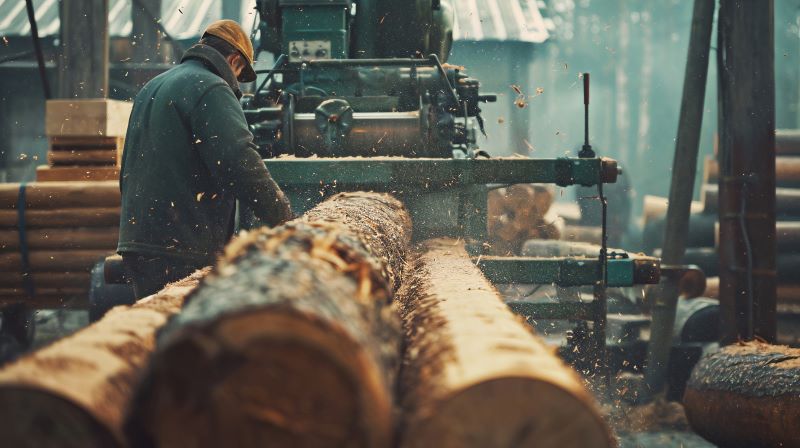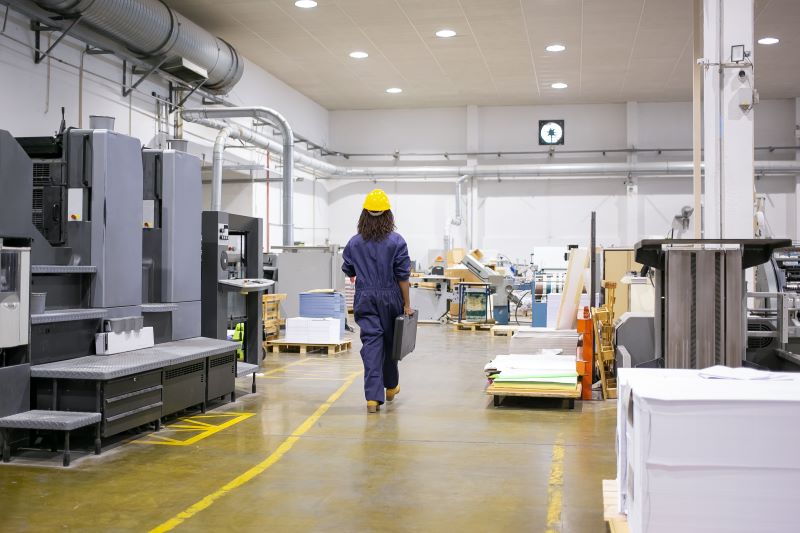What happens after you drop your old tires off at a recycling plant and drive away? We talk about the importance of recycling tires, but we don’t always talk about what can be done with those tires. Here are some of the reusable byproducts of recycled tires.
1. Tire-Derived Fuel
Tire-derived fuel (TDF) refers to scrap tires that have been shredded and can then be used as a supplement for traditional fires. Fires fueled by tires are notoriously out of control, so TDF pieces are typically used in combustion devices where they can burn efficiently at high temperatures in a controlled environment.
2. Tire-Derived Aggregate
Tire-derived aggregate (TDA) refers to shredded scrap tires that can be used in a variety of public works or civil engineering projects. Some of these projects include:
- Retaining wall backfill
- Slope stabilization
- Vibration migration
- Landfill applications
- Lightweight embankment fill
- Road repair
- Septic system draining fields
- Subgrade road insulation
Together, TDF and TDA make up 55% of the recycled tire byproduct in the United States.
3. Rubber Mulch
Rubber mulch is becoming more and more popular as a playground groundcover material. The rubber has more shock absorption than wood chips, so it is safer for children to play on. Rubber mulch pieces are also a lot more comfortable to walk on than wood chips, so any kids who run around barefoot will avoid splinters.
Rubber mulch can also be used in the garden. The rubber keeps insect and weed counts down, and is heavy enough to not blow away in the wind.
4. Crumb Rubber
Crumb rubber is a rubber granulate made from grinding up scrap tires. Crumb rubber comes in five different classifications, or grades: No.1 through No.5. Each grade goes through a separate process and consists of slightly different materials. For example, No.5 crumb rubber is not magnetically separated, and contains the fluff from the tire cord, whereas No.3 crumb rubber is magnetically separated and the fluff from the tire cord is removed.
Crumb rubber can be used as ground covering underneath playground equipment and surface material for athletic tracks and fields. It can also be used to make rubber mats, plastics, asphalt, sealing materials, speed bumps, and more.
Rubber powder is a high-performance, low-cost material that replace oil and rubber based materials. The powder is a sustainable material, and has no adverse effects on humans. The market for rubber powder keeps getting bigger and bigger. Right now, rubber powder can be used to create the same materials crumb rubber creates: more rubber, plastic, sealing materials, and other products.
6. Steel
Tires are made up of roughly 20% steel content. The best recycling facilities can clean the extracted steel and make it as free from contaminants as possible. The steel then goes to smelters and gets processed and reused in other ways.
7. Fiber and Nylon
15% of a tire is made up of fiber and nylon. When extracted, this material can be used these products and more:
- Tired-derived fuel
- Cleanup material
- Carpet
- Fiberglass
- Concrete
- Stucco
When your tires reach the end of their lives, don’t let them take up space in landfills where they may house disease-carrying rodents and insects or become fuel for a raging tire fire. Instead, send them to a recycling center where they can become carpet, playground material, plastic, and other things. Who knows—your car’s own tires may be used to create the track that the next US champion Olympic sprinter trains on!




